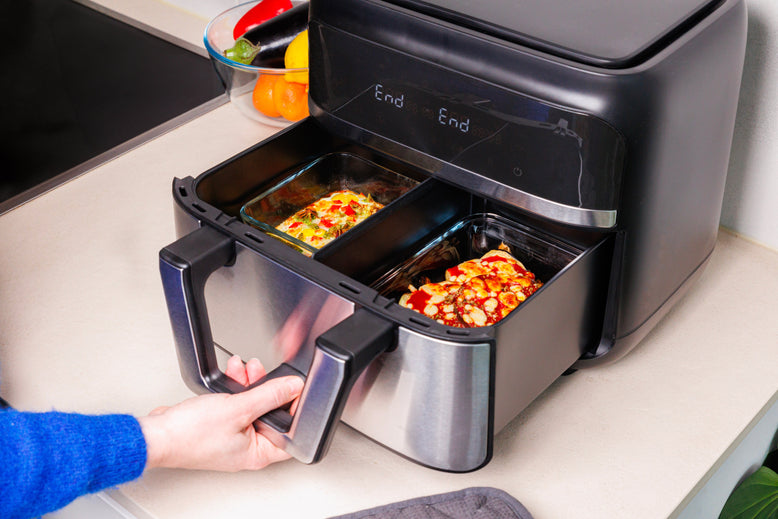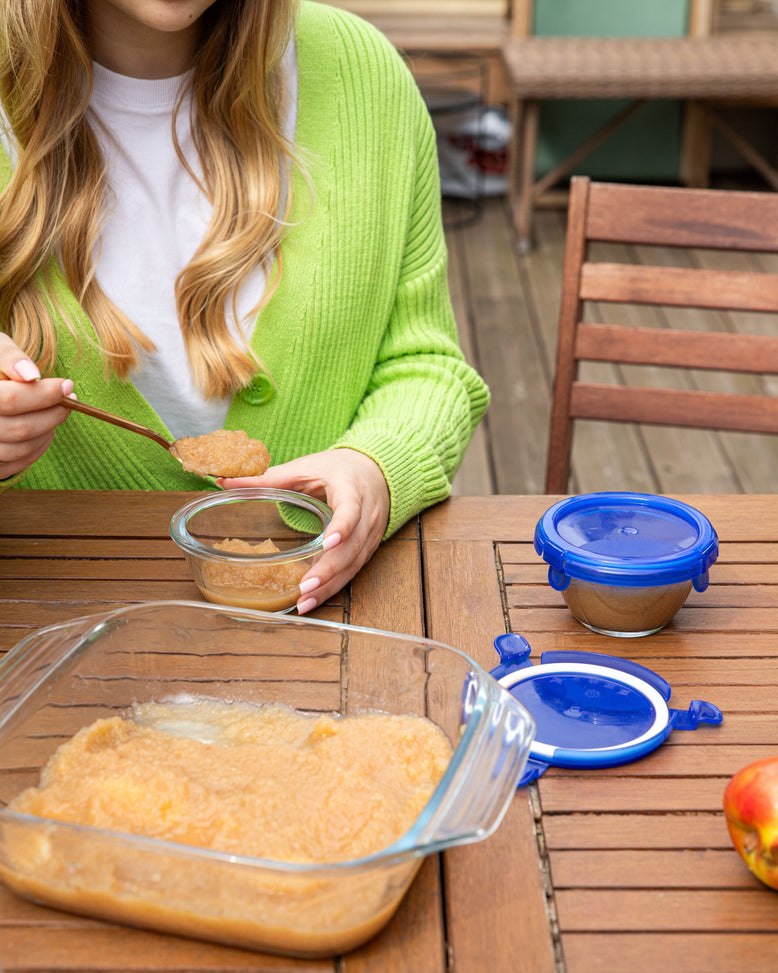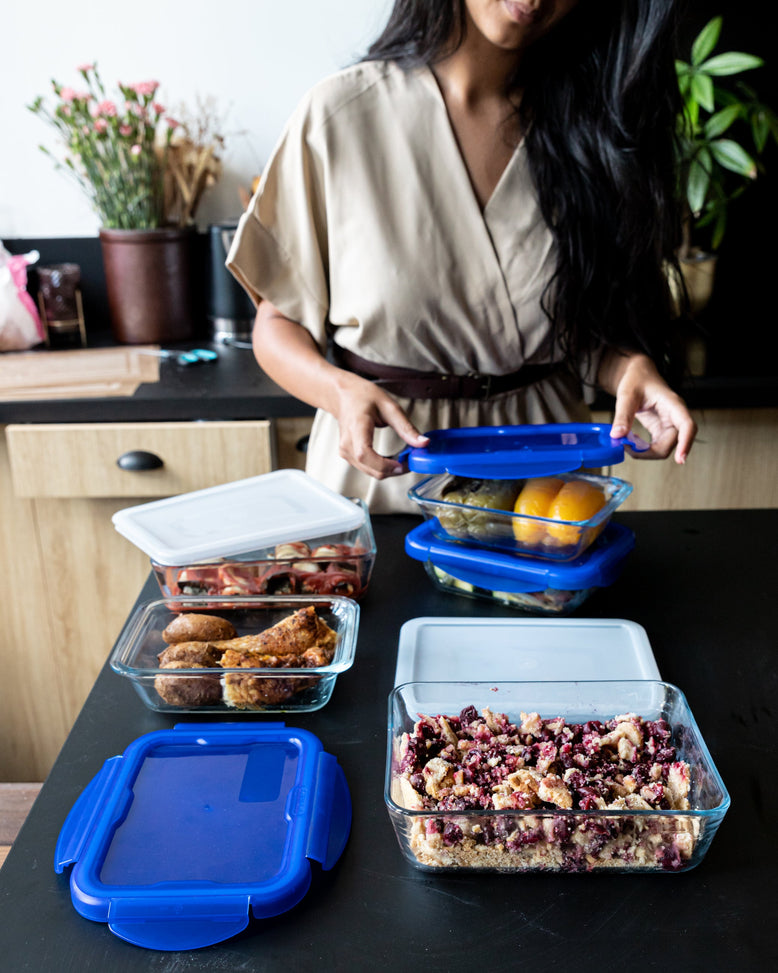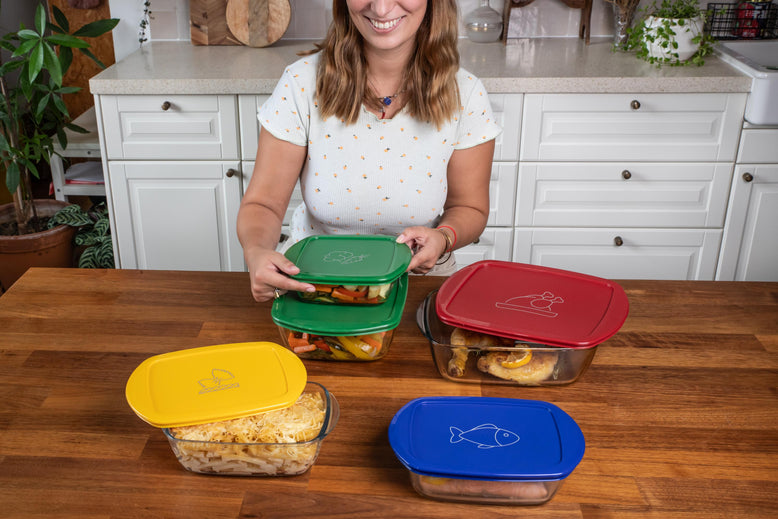Our tips for storing food longer
Storing food in the right container, in the right place, extends its shelf life and prevents food waste. No more strawberries thrown away as soon as they've been bought because they've changed color, no more onion pieces that we try to save because most of them have sprouted. Let's learn how to store our food the right way to preserve its freshness!
Foods to keep in the freezer
When you get back from shopping, start by putting frozen foods in the freezer. Our recommendations for freezer storage:
- The temperature should be around -18°C.
- Avoid overloading the various compartments, as the cold must be able to circulate to maintain the right temperature.
- Place food, whether prepared or not, in airtight boxes to optimize freezing, facilitate identification and organize space.
- Virtually all foods can be kept in the freezer! There are a few exceptions, however, which lose their flavour, or even become unhealthy. For example, avoid putting eggs, dairy products and water-rich fruit and vegetables (cucumbers, radishes, melons, etc.) in the freezer.
Read our article on defrosting to find out more!
Foods to keep in the fridge
To keep food fresh, we always think of the fridge! But in the fridge, not all zones have the same temperature, so here's our advice on how to organize it properly:
- In the fridge door: eggs, butter, milk, opened fruit juices.
- In the crisper: fresh fruit and vegetables. Be careful, some of them don't like the fridge! Fruits of the sun" prefer to be stored at room temperature (melon, peaches, apricots, tomatoes, etc.). The same applies to potatoes, squash and onions, which prefer a cool, dry place.
- In the middle: home-made ready meals, yoghurts and cheeses. Half-finished ready-made meals and cheeses should be stored in conservation tins to preserve maximum freshness.
- In the cold zone, which is at 4°C maximum (generally at the bottom, check your fridge instructions): place all meats, fish, fresh delicatessen dishes and fresh cheeses.
Our tip for strawberries : when you come back from shopping, clean and dry them well. Place them, without overlapping, in a large storage box, close and place in the fridge. They'll stay fresh and tasty for 3-4 days!
Foods to keep in the cupboard!
All dry products can be stored in your cupboards: starches, flour, cookies, preserves, etc. Just seal their packaging properly, or pour their contents into a glass storage box (if you've torn the flour packet, for example!).
The secret of good preservation lies in storing food at the right temperature and in the right packaging. Apply these tips now to avoid food waste at home!










